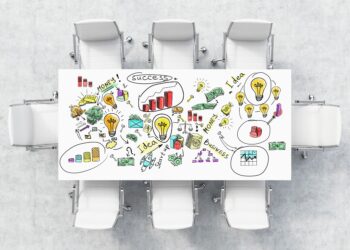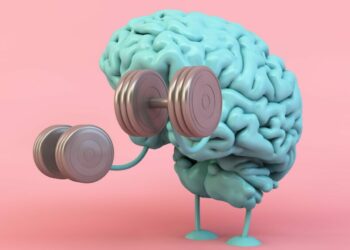Learn how to use and apply the 4Cs Map to your meetings and capture your audience’s attention!
As a Trainer, Coach, Scrum Master, Teacher, Project Manager, Product Owner or even a C-level executive, you want everyone in the room to be engaged and pay attention. In many cases, and depending on the meeting, everyone eventually starts losing focus. You end up with a “zombie” session, where people are seen behind the screen or table, yet their brains just checked out. The reason for that is not you being boring – although sometimes it can be a factor – but in many cases, it’s due to the cognitive overload that we are all struggling with. Our brains are constantly bombarded with tons of information, signals, and simulators. It becomes harder and harder for human beings to create focus. Or even see what is just in front of us.
Hard to believe? Read more about:
- The “Invisible Gorilla” experiment, or
- Why Even Radiologists Can Miss A Gorilla Hiding In Plain Sight
Luckily, there is a science that can help you overcome those stumbling blocks. To help everyone learn, acquire new information faster or remember more, you can start applying brain science in your everyday meetings, training or any other sessions.
How to overcome attention loss?
I’m glad you asked.
The good news is, you don’t have to reinvent the wheel all by yourself. In 2008, Sharon Bowman published her book “Training from the Back of the Room!: 65 Ways to Step Aside and Let Them Learn”. Training from the Back of the Room (TBR) still rings true today, and is a fresh approach to learning, training, presenting, and facilitating that uses cognitive neuroscience and brain-based learning techniques to help learners to retain new information. It teaches you how to engage five senses and keep your learners active and engaged throughout the class or meeting. The concept is recognized internationally as one of the most effective frameworks for accelerated learning. To me, it’s a thinking structure that I apply to design every session, straightening from training, through Scrum ceremonies up to the interview.
One of the elementary concepts developed by Sharon Bowman is the 4Cs Map – A Brain-Based Instructional Design Model. Before you read about this model, I’d like to ask you to stop for a second. Take a deep breath and think about the last time when you were designing a training, workshop or retrospective. How did you structure this session? Was it a successful meeting? Did you have any challenges? Was it fun for you?
Now, let’s discover a different way of designing the session using TBR’s approach.
How to use the 4Cs Map – A Brain-Based Instructional Design Model
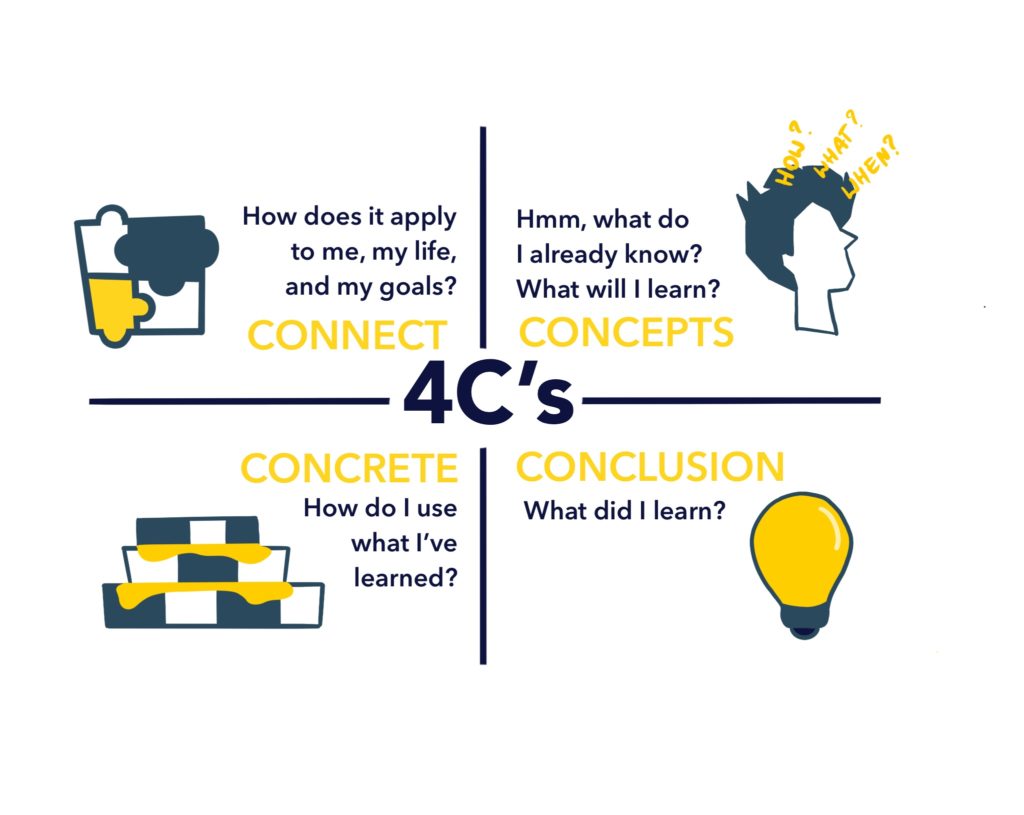
Build various Connections with attendees (C1)
Finding connections between attendees and topics in your session is the first and the most important part of the 4Cs Map. You know what they say about “the power of the first impression”. It is so easy to lose everyone’s attention, especially when your training starts with a lecture about yourself. Or if your meeting kicks off with a 15-minute speech about the reasons why we are all here.
Think about it. Everyone is already in the room; you no longer have to convince them to come. Now, it’s time for your actions to show them that it was worth their time to be there. Following Sharon Bowman’s way of thinking, there are four foundations for connecting.
Connect learners to the topic
Discover what they already know or have experienced in a particular area. It is easier to be focused on learning when we can build on our past experiences. By giving a stage for everyone to share what they already know, you increase their confidence.
Connect learners to learners
As a trainer or facilitator, you want to make sure that everyone in the room belongs in the group, including you. Being a connected group helps in learning, as the process of acquiring new knowledge happens all the time. The leader of the session is not the only source of knowledge. If you empower people to speak up, they will.
Connect learners to personal goals
Everyone has their reasons for being in the room. Even if it is an obligatory session. By giving attendees time to self-reflect you help them to build a clear mental picture of all the benefits that they can get. It also reduces resistance, as everyone has their agenda, not their boss’s wishes.
Connect learners to outcomes
In TBR, learning outcomes are both knowledge and skills that can be applied after the classes. Knowing the outcomes at the beginning of the workshop creates focus. Discovering everyone’s learning objectives is a key step to connect them with their personal goals. They can easily assess which of the outcomes will be useful for them.
Discover already existing Concepts and introduce new ones (C2)
As Sharon Bowman said, “As the brain immerses itself in learning, it gathers information in all sorts of ways: watching, listening, doing, trial and error, until, over time, it creates mental and physical patterns that will translate into cognition, emotion, and physical action.” That means that your brain will adapt new information into a cognitive, emotional or physical model that it already knows. So whenever you’re designing a session, try to look for common ground with the group. If they have their foundation, it will be easier to add a new layer of information. It also improves the retention of new information. For example, if you want to talk with your teams about estimations, start by asking them: how do you estimate right now? What methods do you know or use? Once you have a baseline, you can then move into adding new useful information.
Look for space to transform knowledge into Concrete Practice (C3)
You have already created an atmosphere of interactive sessions. Now it is time to go one step further. As you acquire new knowledge, your brain starts processing it. Don’t forget that your brain acts like a muscle. To be strong and well-shaped, it needs practice using the new information, otherwise, that information may fade away. Does going to the gym once make you fit? No, but keep practising, and you will see the results after several sessions.
Based on the already discovered concepts, you can now move on to practice. Look for suitable exercises that will help attendees to use theory in different practical contexts. Design a set of activities that will cement the new information and help their brains to build strong neuron connections. Even if you are planning a meeting, make sure that you find an idea on how to engage everyone. Maybe just by one interactive poll? Or by just using Liberating Structures to involve everyone in a conversation? Believe me, there is always a way.
Conclusions (C4)
During the learning journey, your brain is the boss in charge. It actively looks for scenarios in which newly acquired knowledge may be useful for you. New information gets blended with the old. To support this step and enable your brain to fully build new, cognitive, emotional and physical connections, please never skip the Conclusions step. It is tempting, I know. Sometimes you are out of time or simply tired. However, if you omit it, you decrease the chance of fully acquiring the new information. To remember what you just learned, you need to repeat it. As simple as that.
4Cs Map template – Now it’s time for you to shine!
Make use of the 4Cs template below to design your upcoming session. I’m sure that you’ll be able to come up with ideas for each of the steps.
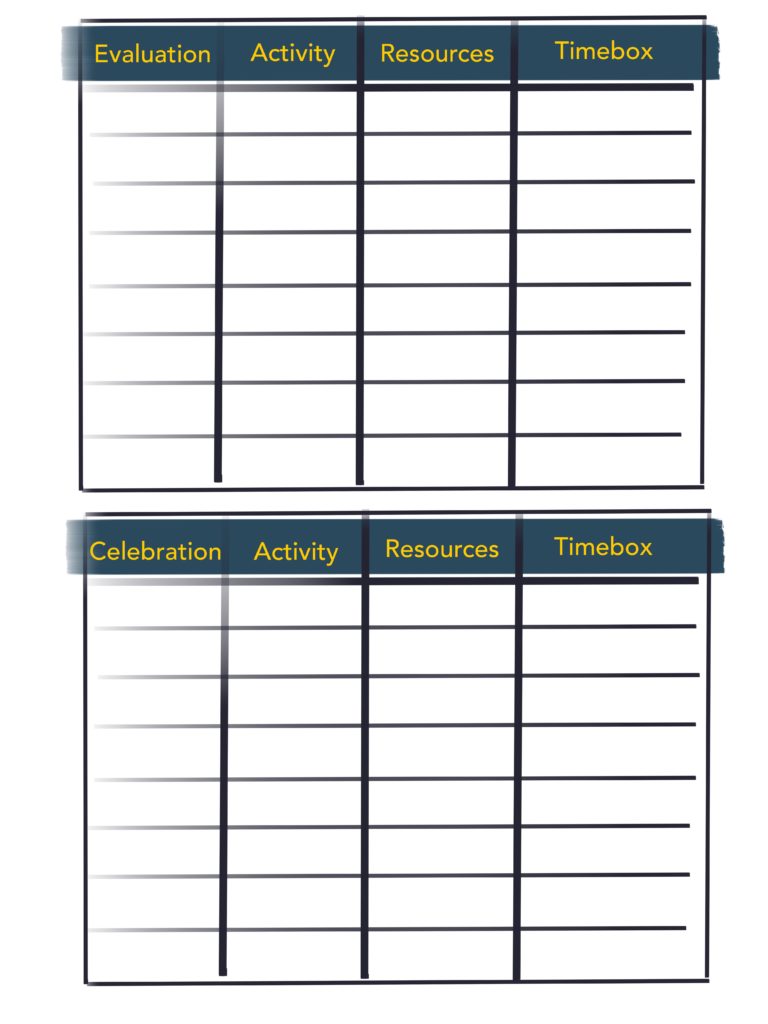
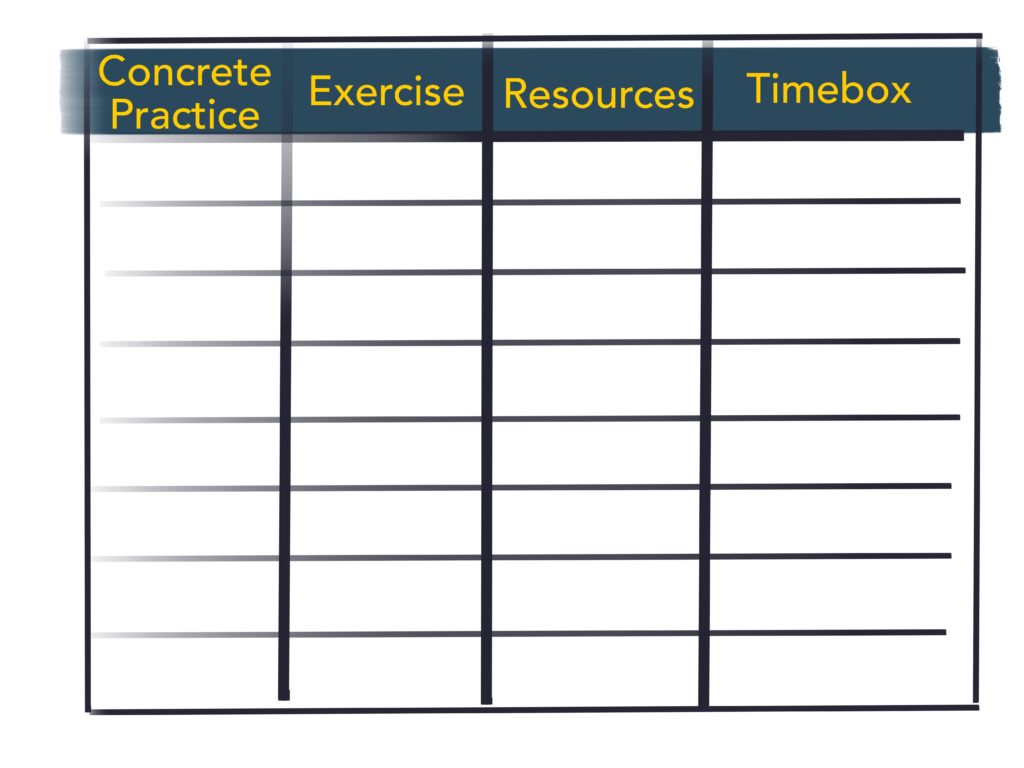
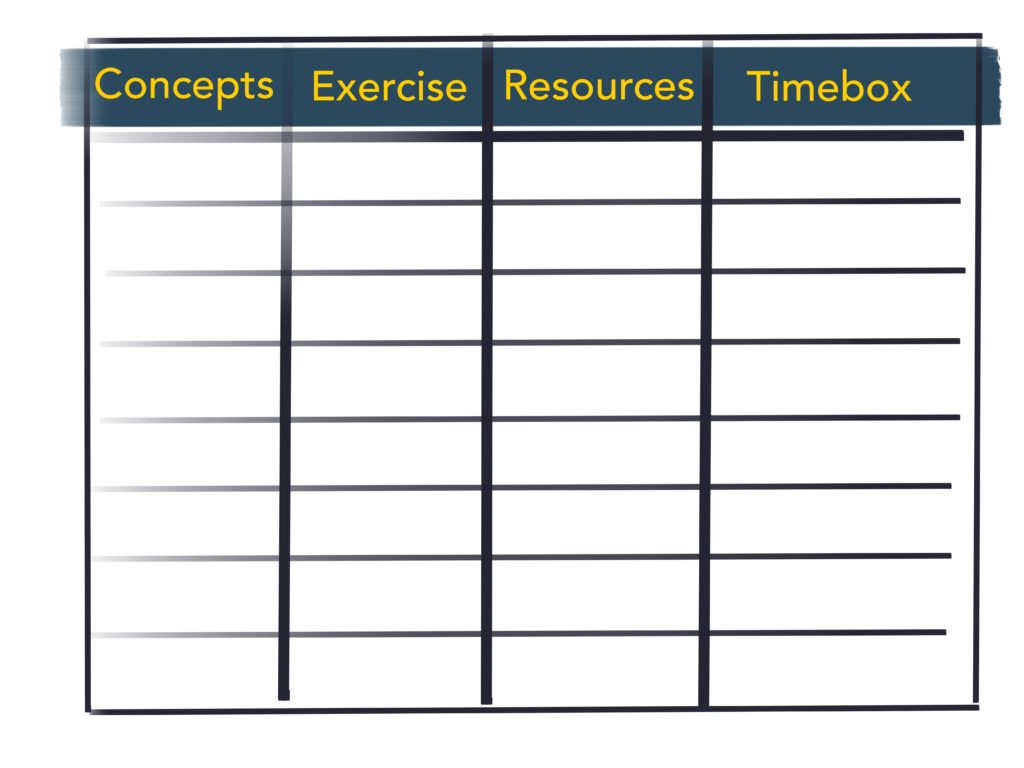
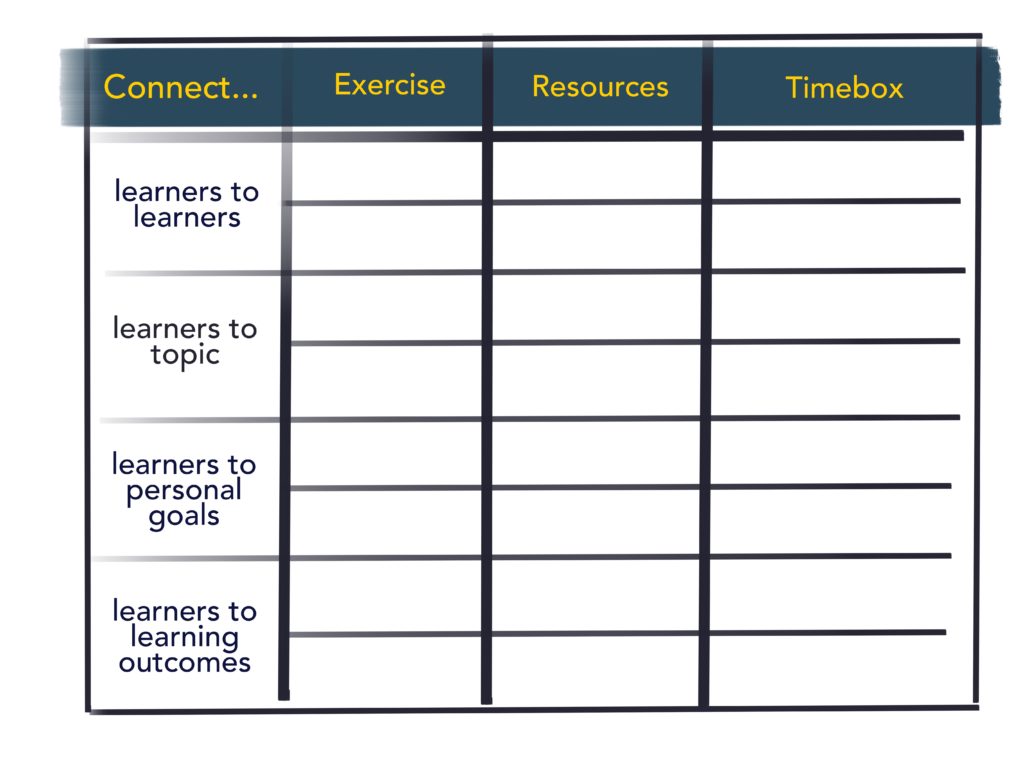
Craving for more knowledge aside from the 4Cs Map?
- Accelerated Learning: Learn Faster and Remember More
- Brain Rules: 12 Principles for Surviving and Thriving at Work, Home, and School by John Medina
- Cognitive Load Theory and what it means for classroom teachers
- Training from the Back of the Room!: 65 Ways to Step Aside and Let Them Learn by Sharon Bowman
- How to Prioritize and Focus on Values in 4 Easy Steps by Viola Brussé, Franc Smulders, Marty de Jonge





